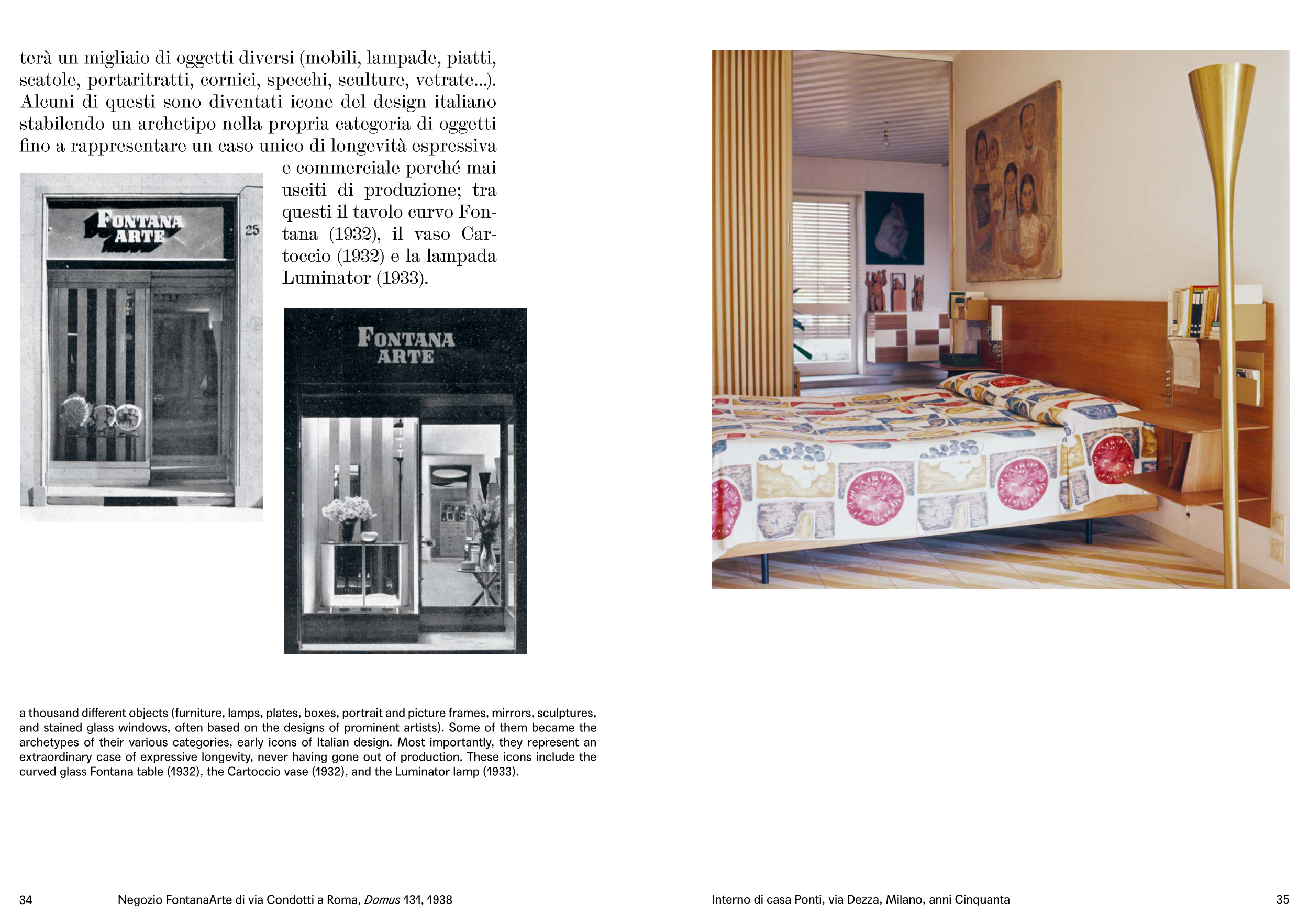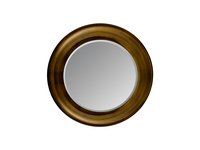34
35
terà un migliaio di oggetti diversi (mobili, lampade, piatti,
scatole, portaritratti, cornici, specchi, sculture, vetrate...).
Alcuni di questi sono diventati icone del design italiano
stabilendo un archetipo nella propria categoria di oggetti
fino a rappresentare un caso unico di longevità espressiva
e commerciale perché mai
usciti di produzione; tra
questi il tavolo curvo Fon-
tana (1932), il vaso Car-
toccio (1932) e la lampada
Luminator (1933).
Negozio FontanaArte di via Condotti a Roma, Domus 131, 1938
Interno di casa Ponti, via Dezza, Milano, anni Cinquanta
a thousand different objects (furniture, lamps, plates, boxes, portrait and picture frames, mirrors, sculptures,
and stained glass windows, often based on the designs of prominent artists). Some of them became the
archetypes of their various categories, early icons of Italian design. Most importantly, they represent an
extraordinary case of expressive longevity, never having gone out of production. These icons include the
curved glass Fontana table (1932), the Cartoccio vase (1932), and the Luminator lamp (1933).



